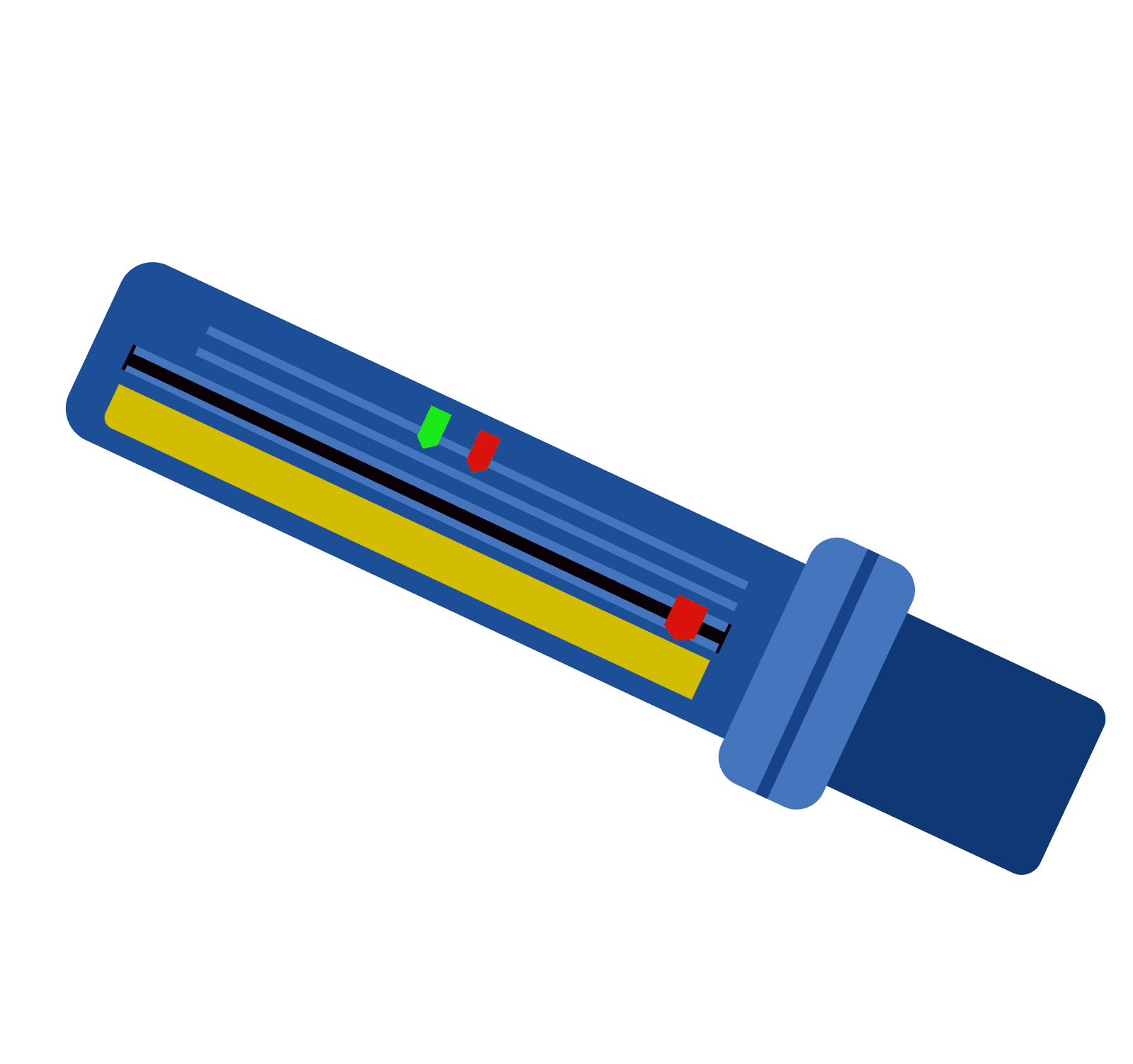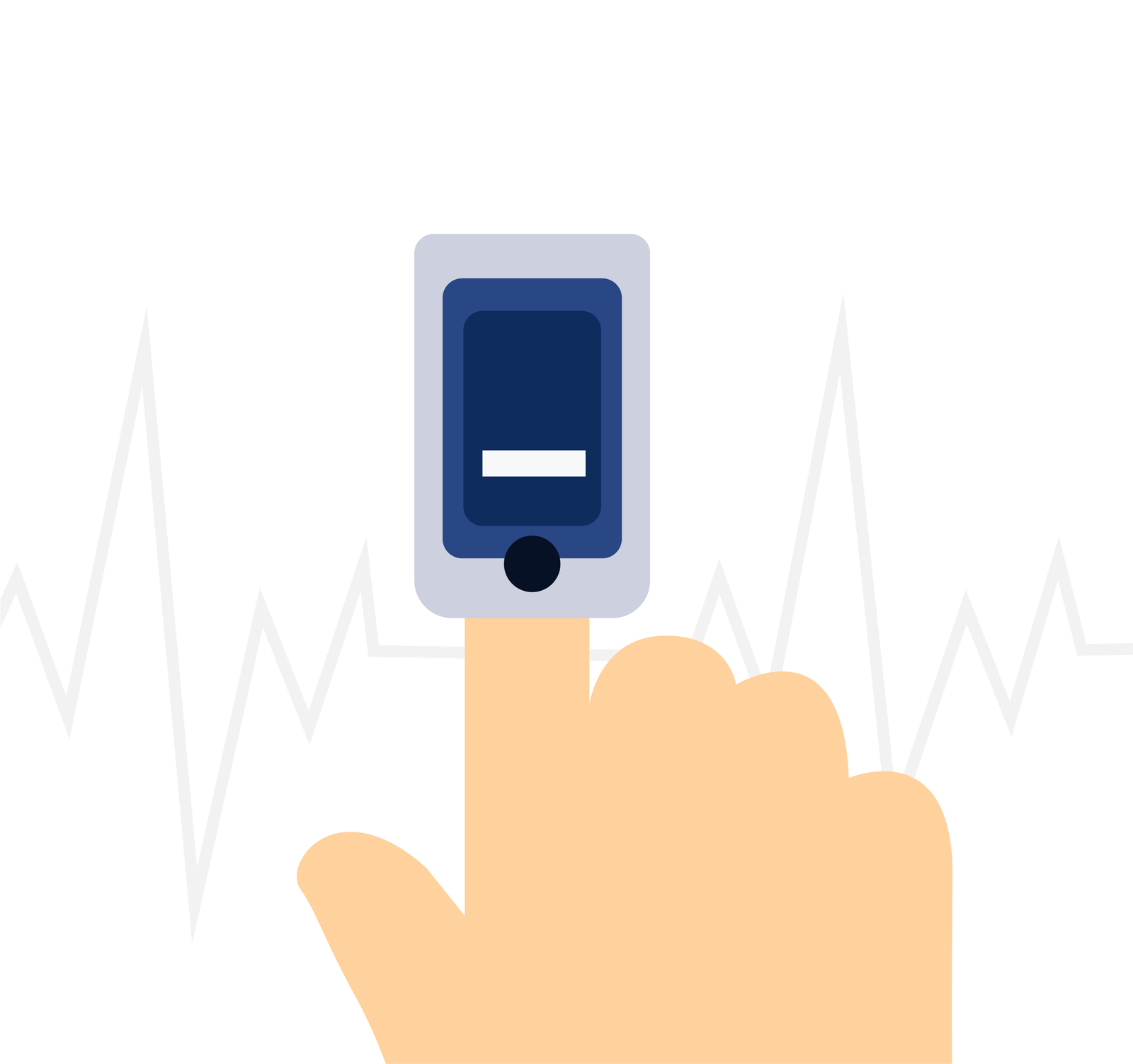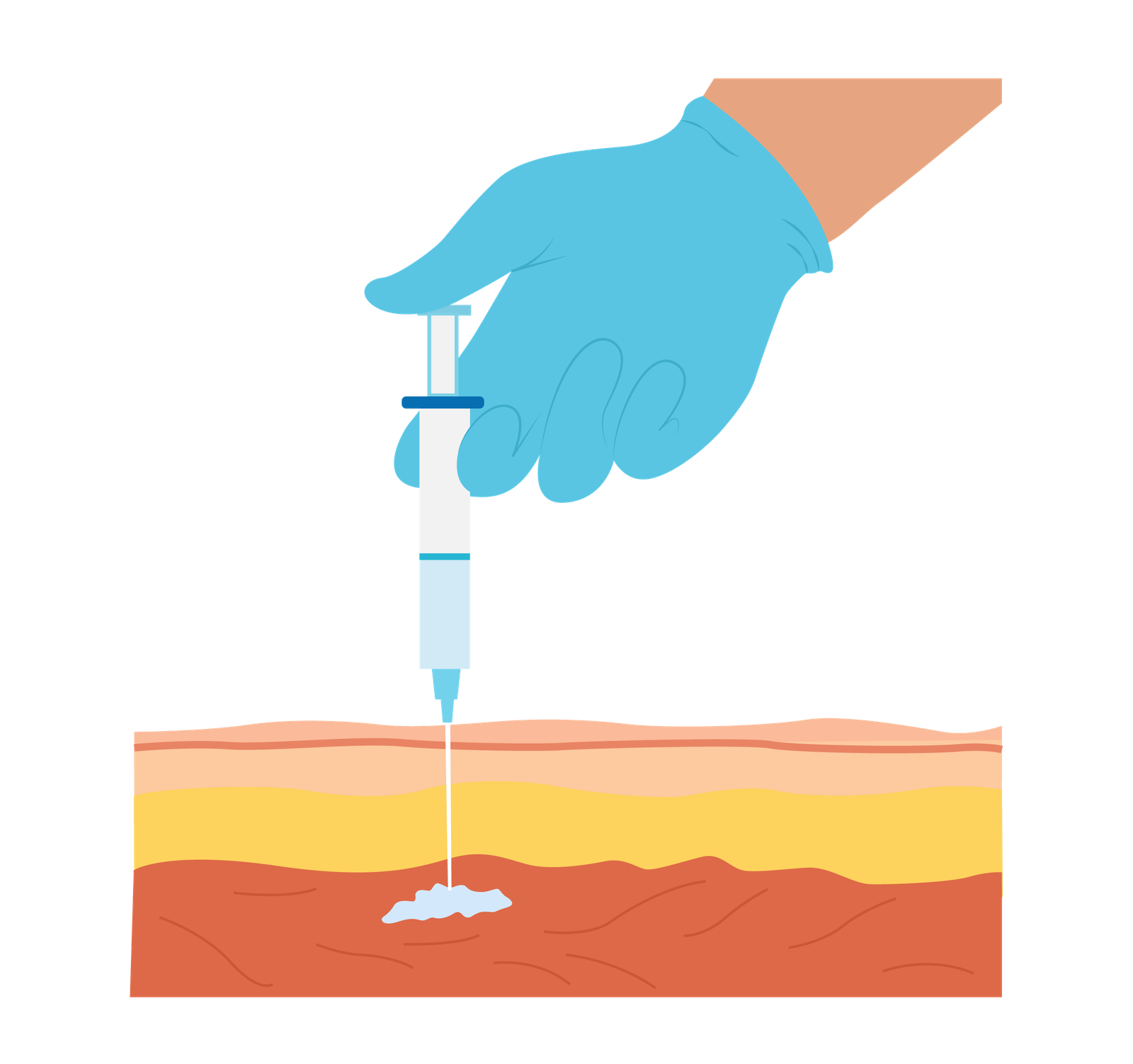T Waves
T Waves Introduction
T wave refers to the specific waveform that represents the repolarisation of the ventricles of the heart. This is normally shown on an ECG as a positive deflection after each QRS complex.

Normal T Wave Characteristics
A normal T wave is typically upright in most leads on an ECG, expect leads aVR and V1.
Its amplitude can vary among individuals, but generally:
Limb leads < 5mm
Precordial Leads < 10mm

T Wave Abnormalities
T wave abnormalities can indicate various cardiac and non-cardiac conditions. It’s important to note that T wave changes should be interpreted in the context of the overall clinical picture. T Wave abnormalities include:
- Inverted T Waves
- Peaked T Waves
- Biphasic T Waves
- Flattened T Waves

Inverted T Waves
Inverted T waves may be normal in some leads, especially in specific demographic groups.

Myocardial Ischemia/Infarction
Even when there are no ST abnormalities, myocardial ischaemia may manifest as T wave inversion. T wave inversion is typically associated with the ischaemia-affected region of the coronary artery.
It is possible for T wave inversion to be fixed, which is typically connected to Q waves and a prior ischemic episode. On the other hand, dynamic T wave inversion is linked to acute myocardial ischaemia.
Ventricular Hypertrophy
In both cases of left and right ventricular hypertrophy, T wave inversion may be present.
Pulmonary Embolism
Acute pulmonary embolism can cause T wave inversion that affects the right ventricular leads (V1-V3) and inferior (II, III, aVF). It frequently coexists with additional symptoms of right heart strain. S1Q3T3 may be used to remember that T waves in lead 3 are expected to be inverted. Read more here on Pulmonary Embolism ECG.
Bundle Branch Blocks
Even in the absence of ischaemia, T-wave inversion in bundle branch block is to be expected.
Peaked T Waves
When the T wave height increases in relation to the QRS complex, it is referred to as a peaked T wave.

Hyperkalaemia
Elevated levels of potassium in the blood can affect the normal electrical activity of the heart. Peaked T waves are a classic ECG finding in hyperkalemia. As potassium levels rise, it can lead to changes in the repolarisation phase of the cardiac cycle, resulting in tall and pointed T waves.
Acute Coronary Syndrome
Peaked T waves can also be an early sign of acute coronary syndromes, which include unstable angina and myocardial infarction. These changes may not be as specific as ST-segment elevation, but they can be indicative of myocardial ischemia.
Intracranial Events
Neurological events, particularly those affecting the brain, can sometimes manifest with ECG changes, including peaked T waves. This association is more indirect and complex. Intracranial events may influence the autonomic nervous system, impacting heart rate and rhythm, which can, in turn, affect the T waves.
Biphasic T Waves
T waves that exhibit both positive and negative components can be seen in various conditions.

Myocardial Ischemia
Biphasic T waves may be seen in the context of myocardial ischemia, where the blood supply to the heart muscle is insufficient. The T wave tend to have a positive deflection then a negative deflection.
Hypokalaemia
Imbalances in electrolytes, such as potassium, can influence T wave morphology. The T wave has a negative deflection followed by a positive deflection.
Flattened T Waves
T waves that appear flattened or low in amplitude but are a non-specific finding.

Ischaemia
If the flattened T waves are dynamic it may suggest ischemia. Dynamic T-wave flattening will occur while ischaemia is in progress and T waves will return to normal once resolved.
Hypokalaemia
Global T wave flattening will be seen and is associated with prominent U waves in anterior leads (V2-3)
Wellens Syndrome
Wellens syndrome, also known as LAD (left anterior descending) coronary T-wave syndrome is a pattern of biphasic or inverted T waves in V2-3 with patients complaining of cardiac sounding chest pain).
With Wellens syndrome, there are two types of aberrant T-wave patterns:
Type A = Biphasic T waves (25 percent of cases) having a positive start deflection and a negative terminal deflection
Type B: In 75% of cases, the T-waves are symmetrically and deeply inverted.
The T waves change from a Type A to a Type B pattern over time.
Read more on Wellens Syndrome Here

Conclusion
T waves are an important aspect of an ECG, representing the repolarisation of the ventricles in the heart. They follow the QRS complex and signify the restoration of the ventricles to their resting state.
Abnormalities in T waves can indicate various cardiac conditions, such as ischemia, electrolyte imbalances, or medication side effects.
Understanding and interpreting T wave abnormalities are crucial in diagnosing and managing heart-related issues, emphasising the significance of these waveforms in cardiology.
Key Points
- T waves represent the repolarization phase of the ventricles in the heart.
- Normal T waves are usually asymmetrical and slightly rounded. Changes in their shape, amplitude, or inversion can indicate underlying cardiac issues such as myocardial ischemia, electrolyte imbalances (like hypokalemia or hyperkalemia), or even medication side effects.
Bibliography
Joint Royal Colleges Ambulance Liaison Committee and Association of Ambulance Chief Executives (2022). JRCALC Clinical Guidelines 2022. Class Professional Publishing
Kenny, B. J., & Brown, K. N. (2020). ECG T Wave. PubMed; StatPearls Publishing. https://www.ncbi.nlm.nih.gov/books/NBK538264/
T Waves Introduction
T wave refers to the specific waveform that represents the repolarisation of the ventricles of the heart. This is normally shown on an ECG as a positive deflection after each QRS complex

Normal T Wave Characteristics
A normal T wave is typically upright in most leads on an ECG, expect leads aVR and V1.
Its amplitude can vary among individuals, but generally:
Limb leads < 5mm
Precordial Leads < 10mm

T Wave Abnormalities
T wave abnormalities can indicate various cardiac and non-cardiac conditions. It’s important to note that T wave changes should be interpreted in the context of the overall clinical picture. T Wave abnormalities include:
- Inverted T Waves
- Peaked T Waves
- Biphasic T Waves
- Flattened T Waves

Inverted T Waves
Inverted T waves may be normal in some leads, especially in specific demographic groups.

Myocardial Ischemia/Infarction
Even when there are no ST abnormalities, myocardial ischaemia may manifest as T wave inversion. T wave inversion is typically associated with the ischaemia-affected region of the coronary artery.
It is possible for T wave inversion to be fixed, which is typically connected to Q waves and a prior ischemic episode. On the other hand, dynamic T wave inversion is linked to acute myocardial ischaemia.
Ventricular Hypertrophy
In both cases of left and right ventricular hypertrophy, T wave inversion may be present.
Pulmonary Embolism
Acute pulmonary embolism can cause T wave inversion that affects the right ventricular leads (V1-V3) and inferior (II, III, aVF). It frequently coexists with additional symptoms of right heart strain. S1Q3T3 may be used to remember that T waves in lead 3 are expected to be inverted. Read more here on Pulmonary Embolism ECG.
Bundle Branch Blocks
Even in the absence of ischaemia, T-wave inversion in bundle branch block is to be expected.
Peaked T Waves
When the T wave height increases in relation to the QRS complex, it is referred to as a peaked T wave.

Hyperkalaemia
Elevated levels of potassium in the blood can affect the normal electrical activity of the heart. Peaked T waves are a classic ECG finding in hyperkalemia. As potassium levels rise, it can lead to changes in the repolarisation phase of the cardiac cycle, resulting in tall and pointed T waves.
Acute Coronary Syndrome
Peaked T waves can also be an early sign of acute coronary syndromes, which include unstable angina and myocardial infarction. These changes may not be as specific as ST-segment elevation, but they can be indicative of myocardial ischemia.
Intracranial Events
Neurological events, particularly those affecting the brain, can sometimes manifest with ECG changes, including peaked T waves. This association is more indirect and complex. Intracranial events may influence the autonomic nervous system, impacting heart rate and rhythm, which can, in turn, affect the T waves.
Biphasic T Waves
T waves that exhibit both positive and negative components can be seen in various conditions.

Myocardial Ischemia
Biphasic T waves may be seen in the context of myocardial ischemia, where the blood supply to the heart muscle is insufficient. The T wave tend to have a positive deflection then a negative deflection.
Hypokalaemia
Imbalances in electrolytes, such as potassium, can influence T wave morphology. The T wave has a negative deflection followed by a positive deflection.
Flattened T Waves
T waves that appear flattened or low in amplitude but are a non-specific finding.

Ischaemia
If the flattened T waves are dynamic it may suggest ischemia. Dynamic T-wave flattening will occur while ischaemia is in progress and T waves will return to normal once resolved.
Hypokalaemia
Global T wave flattening will be seen and is associated with prominent U waves in anterior leads (V2-3)
Wellens Syndrome
Wellens syndrome, also known as LAD (left anterior descending) coronary T-wave syndrome is a pattern of biphasic or inverted T waves in V2-3 with patients complaining of cardiac sounding chest pain).
With Wellens syndrome, there are two types of aberrant T-wave patterns:
Type A = Biphasic T waves (25 percent of cases) having a positive start deflection and a negative terminal deflection
Type B: In 75% of cases, the T-waves are symmetrically and deeply inverted.
The T waves change from a Type A to a Type B pattern over time.
Read more on Wellens Syndrome Here

Conclusion
T waves are an important aspect of an ECG, representing the repolarisation of the ventricles in the heart. They follow the QRS complex and signify the restoration of the ventricles to their resting state.
Abnormalities in T waves can indicate various cardiac conditions, such as ischemia, electrolyte imbalances, or medication side effects.
Understanding and interpreting T wave abnormalities are crucial in diagnosing and managing heart-related issues, emphasising the significance of these waveforms in cardiology.
Key Points
- T waves represent the repolarization phase of the ventricles in the heart.
- Normal T waves are usually asymmetrical and slightly rounded. Changes in their shape, amplitude, or inversion can indicate underlying cardiac issues such as myocardial ischemia, electrolyte imbalances (like hypokalemia or hyperkalemia), or even medication side effects.
Bibliography
Joint Royal Colleges Ambulance Liaison Committee and Association of Ambulance Chief Executives (2022). JRCALC Clinical Guidelines 2022. Class Professional Publishing
Kenny, B. J., & Brown, K. N. (2020). ECG T Wave. PubMed; StatPearls Publishing. https://www.ncbi.nlm.nih.gov/books/NBK538264/






